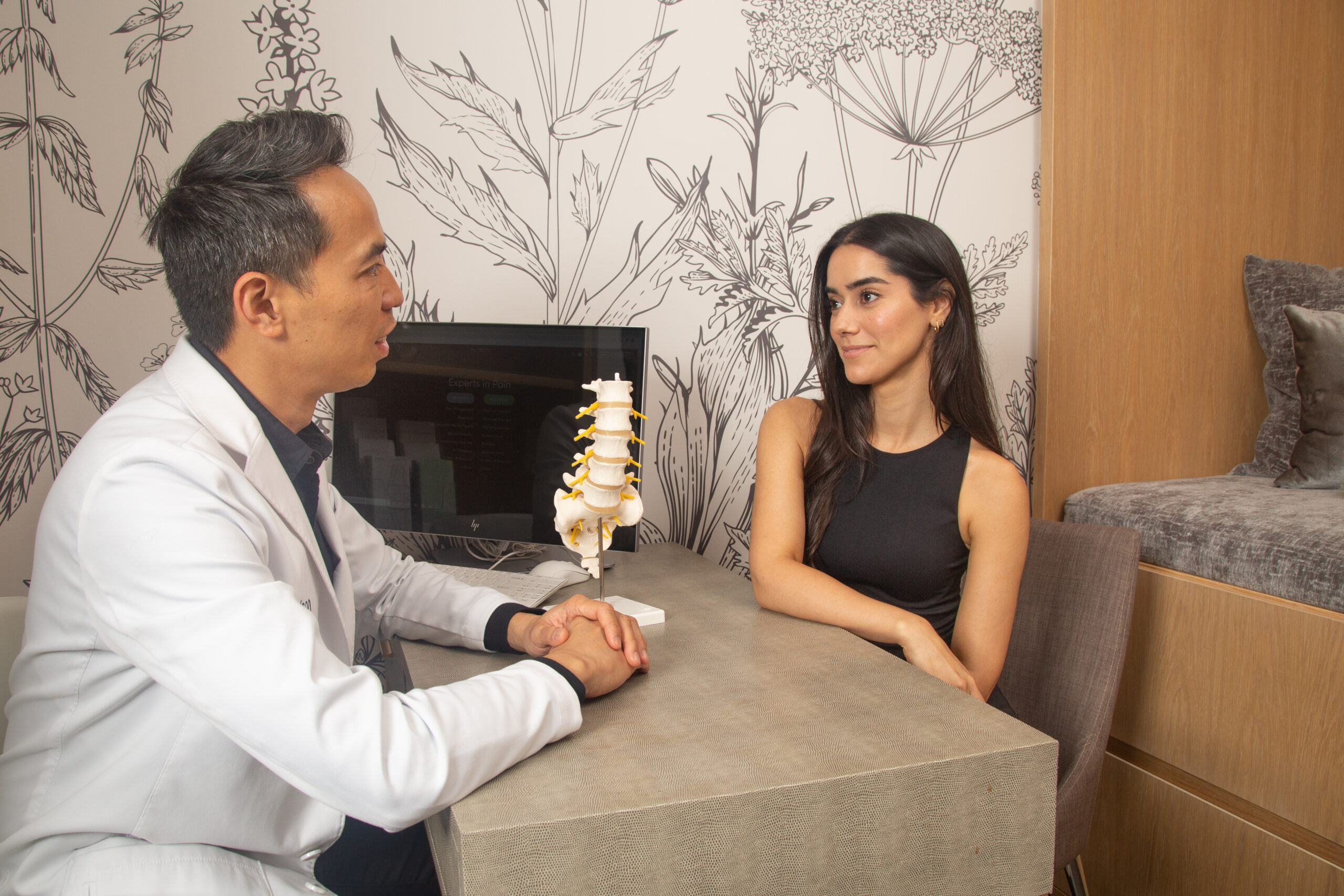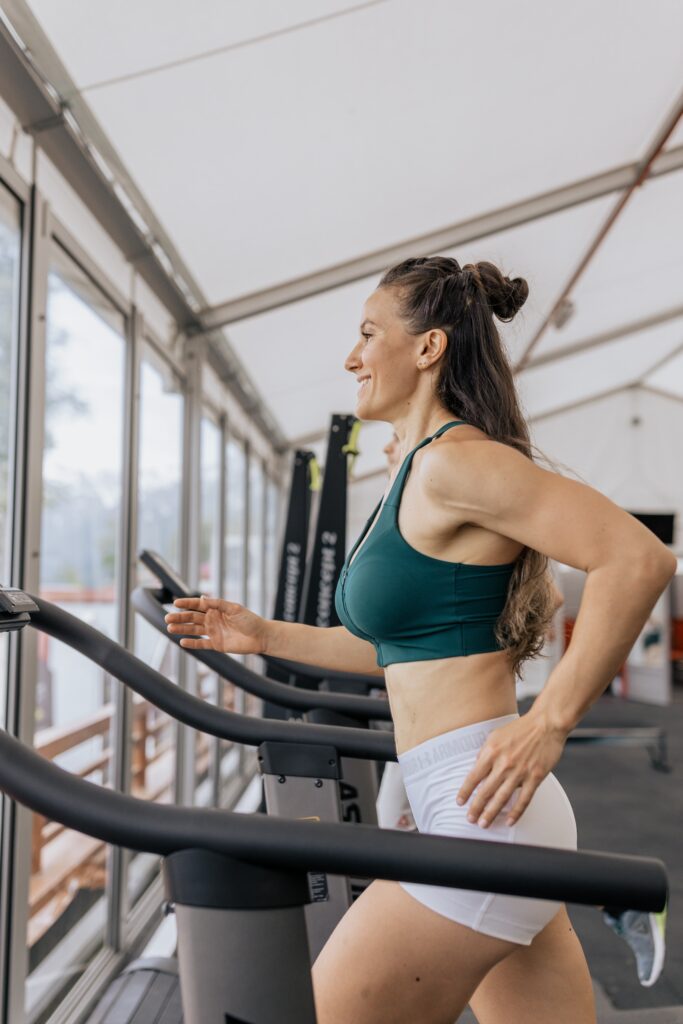- Sign our VO2 Max safety waiver here and send to concierge@hudson.health (or bring a copy to your appointment).
- Complete a 4-hour fast before your test.
- Avoid strenuous activity for 24 hours leading up to your test.
- Abstain from smoking for at least 4 hours before your test.
-Try to avoid new excercises the day before.



